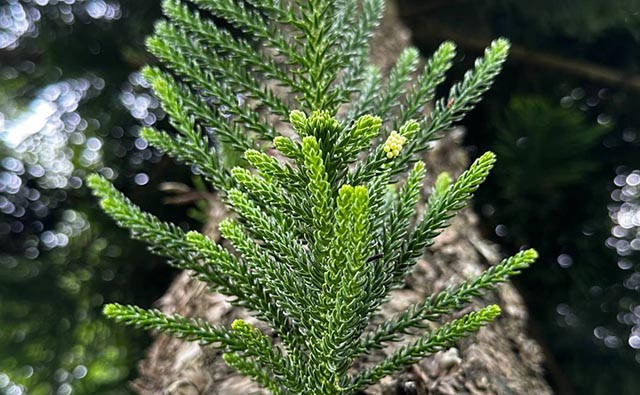Feature Article, Company News, PR
Introduction of Fenchol and Fenchyl acetate

Feature Article, Company News, PR

| Chemical Name | Fenchol | Fenchyl acetate |
| CAS | 1632-73-1 512-13-0 |
13851-11-1 4057-31-2 |
| EC Number | 216-639-5 208-135-9 |
807-751-0 237-588-5 |
| FEMA | 2480 | 3390 |
| Molecular Formula | C10H18O | C12H20O2 |
| Molecular Weight | 154.25 g/mol | 196.29 g/mol |
| Synonyms | Fenchol FENCHYL ALCOHOL 1632-73-1 1,3,3-Trimethylbicyclo[2.2.1]heptan-2-ol (+)-Fenchol |
Fenchyl acetate 13851-11-1 Fenchylacetate alpha-Fenchyl acetate 2-Norbornanol, 1,3,3-trimethyl-, acetate |
Fenchol is obtained by plant volatile oil from Spanish fennel oil, white spruce oil, and pine oil. It possesses a medium intensity camphor, borneol, and pine wood aroma, with citrus sweet and lemon undertones. It is used for formulating fresh, mint-flavored edible flavors (chewing gum, toothpaste, etc.) and various fragrances for household products.
Synthetic Fenchol can be synthesized from Fenchone as the starting material, using Ethyl magnesium bromide for Grignard reaction or using Alcohol-sodium for reduction. During the esterification process of synthesizing Borneol, pinene will undergo isomerization, the alcoholic by-products will be subjected. These by-products include Terpineol, Linalool, and Fenchol. Fenchol can be separated from the by-product ingredients, but due to the similar boiling points of the various alcohol species, the distillation yield is generally low, typically around 50% to 60%.
Using Turpentine oil as raw material and CHKC-4 as catalyst, α-Pinene and β-Pinene can be catalytically isomerized and hydrolyzed to synthesize Fenchol. The yield of this process can be controlled above 50%, with a purity of 99% (Patent CN105294402A, 2015)1.
Fenchol in addition to its application in perfumes and fragrances, can also replace Benzoic acid as a starting material in the esterification process catalyzed by DMAP (4-dimethylamino pyrrole pyridine) and DCC (dicyclohexylcarbodiimide) to obtain Tschimganin analog compounds (Patent CN106866419A, 2017)2. Natural Tschimganin is a terpenoid ester compound isolated from the traditional insecticidal plant Ferula sinkiangensis K.M.Shen or Ferula fukanensis K.M.Shen, and has good insecticidal, anti-tumor, and broad-spectrum antibacterial activities.
Fenchyl acetate is a colorless to pale yellow transparent liquid, with a soft and sweet aroma similar to fir trees. It is slightly soluble in water, and soluble in oils, alcohols and other organic solvents. It is mainly used for preparing fresh flavors such as vanilla, woody and minty flavors, and daily fragrances.
The general preparation methods for the synthesis of Carboxylic acid esters include direct esterification of Carboxylic acid with alcohol, reaction of alcohol with acid anhydride or acyl halide, reaction of carboxylate with alkyl halide, and ester exchange reaction, etc.
The routine synthesis method of Fenchyl acetate involves direct esterification of acetic acid with Fenchol, which has a long reaction time, incomplete reaction, low esterification, complex product composition, difficult separation, and low product purity (Patent CN103012130A, 2012)3. Alternatively, it can be synthesized by α-Fenchol and Acetic anhydride.
Fenchyl acetate is also an excellent organic solvent, which has good solubility to cellulose acetate butyrate, ethyl cellulose, chlorinated rubber, polystyrene, methyl acrylic resin, as well as many natural resins such as gum Arabic, Manila gum, dammar resin, etc. It is widely used in nitrocellulose varnish, and as a solvent in the process of synthetic leather, fabric, and plastic processing. It is also used as an extractant in various petroleum processing and pharmaceutical processes (LIU Jiang, 2017)4.